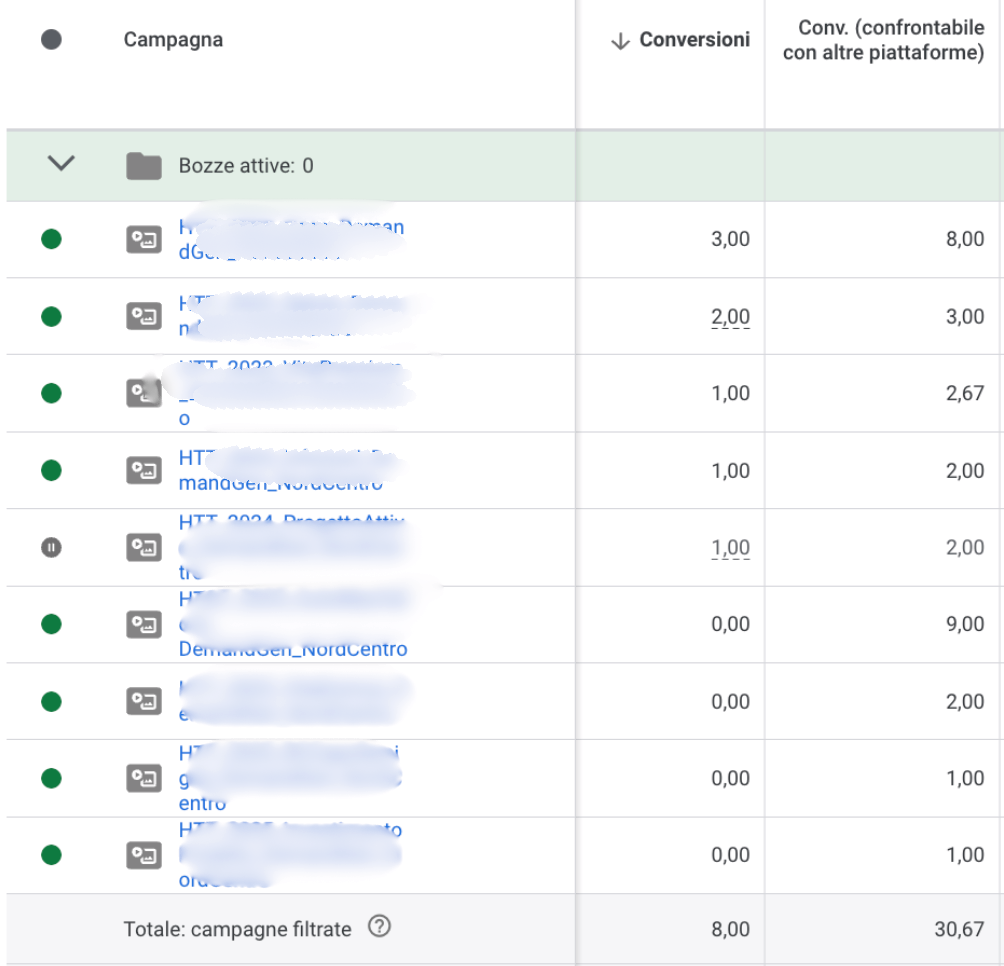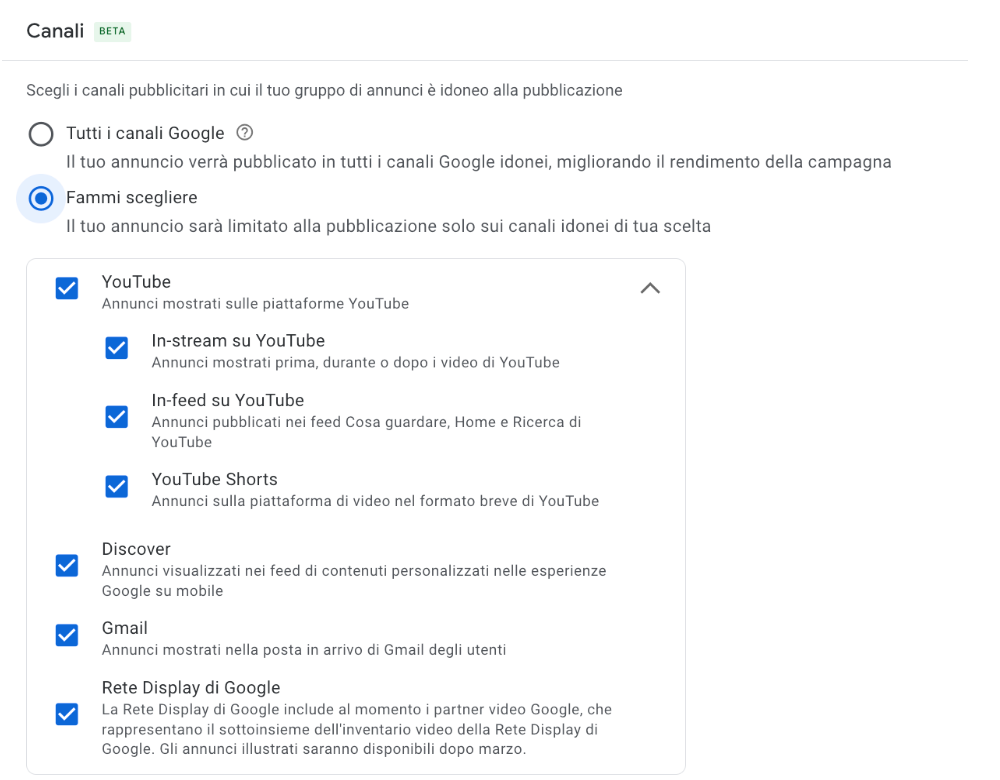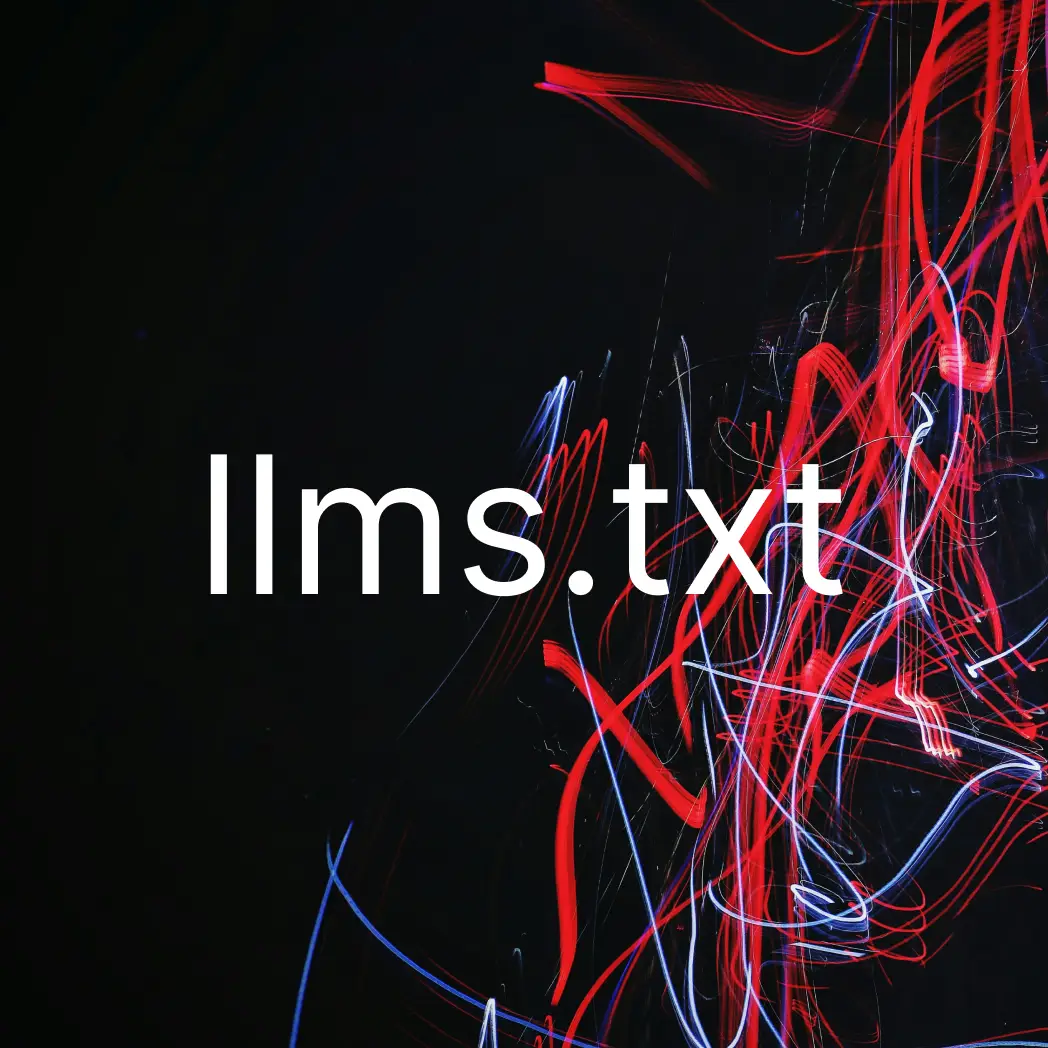
How does Demand Gen fit into the Messy Middle?
Firstly, thanks to the use of immersive visual formats, this campaign intercepts the user in their moments of indecision, when, for example, they don’t yet know which insurance company to take out a policy with, or they’re not yet fully convinced that the sofa bed is the right one for their living room (any reference to case studies on Insurance and Furniture is purely coincidental).
It therefore proves to be the most suitable solution to preside over the intermediate phase of the purchasing journey (Messy Middle) in which users explore options (exploration) and compare them with each other (evaluation), continually moving between different touchpoints before converting.
In this phase, choices are often guided by visual stimuli and repeated exposures, which is why Demand Gen harnesses the power of images and videos to influence memory and brand perception.
Unlike other campaigns aimed at intercepting conscious demand (Search and PMax), this campaign works on latent demand: like “I didn’t know I wanted to spend my holidays camping but I might just book” (we at Ht&T love hospitality).
A campaign always “on the ball”
Considering these characteristics, Demand Gen ads can be compared to sponsored videos that appear while “scrolling” Instagram stories.
However, those who know Google Ads know that the platform attributes conversions primarily based on clicks, unlike Social Media, which also values other types of interactions, such as views.
This difference in conversion attribution between platforms (purchases but also leads or anything that can have a concrete value for the company) can therefore make it complex to directly compare the performance of various channels.
To bridge this gap, Demand Gen has introduced the “Conversions comparable with other platforms” metric, adopting an approach more similar to that of social media.
This metric uses an attribution window more aligned with the standards of social platforms, including post-view and post-click attributions over 1 or 7 days, allowing for a more equitable comparison of results across different advertising channels.

Another recent development involves the ability to more precisely select where to publish advertisements by choosing desired placements. This allows for directing Google’s AI towards specific channels, ensuring greater control over distribution and visibility strategy

In an increasingly complex digital landscape, Demand Gen represents a fundamental evolution for those looking to intercept and guide consumers in their conversion journey. For brands that want to maximize the impact of their campaigns, leveraging the full potential of Demand Gen is no longer an option, but a necessity. Is your strategy already harnessing the power of Demand Gen? It’s time to rethink how you reach and convert your customers.
Sources: support.google.com
Continua a leggere
And it consumes less energy.
To return to the page you were visiting, simply click or scroll.


